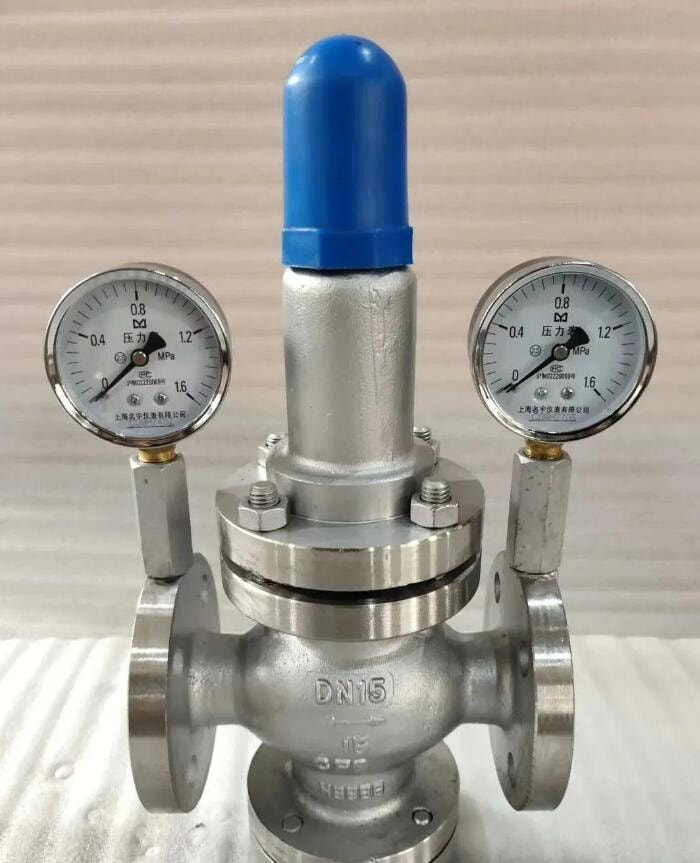Apr. 03, 2024
1) From the perspective of fluid mechanics, the pressure reducing valve is a throttling element whose local resistance can be changed. That is, by changing the throttling area, the flow rate and the kinetic energy of the fluid are changed, causing different pressure losses, thereby achieving the purpose of pressure reduction. valve. It relies on the adjustment of the control and regulation system to balance the fluctuation of pressure behind the valve with the spring force, so that the pressure behind the valve remains constant within a certain error range.
2) The pressure reducing valve can reduce the higher liquid pressure in the pipeline in front of the valve to the level required in the pipeline behind the valve, and its transmission medium is mainly water. Pressure reducing valves are widely used in high-rise buildings, areas with excessively high water pressure in urban water supply pipe networks, mines and other occasions to ensure that each water point in the water supply system obtains appropriate service water pressure and flow. Since the leakage rate and degree of water waste are almost proportional to the water pressure of the water supply system, the pressure reducing valve can improve system operating conditions and potentially save water. According to statistics, its water saving effect is about 30%.

3) The working principle of the pressure reducing valve is to reduce the inlet pressure to a required outlet pressure through adjustment, and rely on the energy of the medium itself to automatically maintain the outlet pressure stable.
1) For the convenience of daily operation and maintenance, pressure reducing valves generally need to be installed upright on horizontal pipes. When installing the pressure reducing valve, it must be installed strictly in accordance with the direction of the arrow on the valve body and must be consistent with the direction of fluid flow. If the water quality is not clean and contains some impurities, a filter must be installed at the upstream water inlet of the pressure reducing valve to avoid affecting the normal operation of the pressure reducing valve.
2) In order to prevent overpressure behind the valve, a pressure reducing valve should be installed not less than 4m away from the valve outlet. The pressure reducing valve plays a certain check role in the pipeline. In order to prevent the harm of water hammer, a small expansion tank can also be installed to prevent damage to the pipeline and valves. The filter must be installed in front of the water inlet pipe of the pressure reducing valve, and the expansion tank The water tank must be installed behind the outlet pipe of the pressure reducing valve.
3) If you need to install the pressure reducing valve in the hot water system, you must install a check valve between the pressure reducing valve and the expansion tank. This not only allows the expansion water tank to absorb the increased volume of water due to thermal expansion, but also prevents the impact of hot water backflow or pressure fluctuations on the pressure reducing valve, ensuring the long-term normal operation of the pressure reducing valve.
If you are interested in sending in a Guest Blogger Submission,welcome to write for us!
All Comments ( 0 )